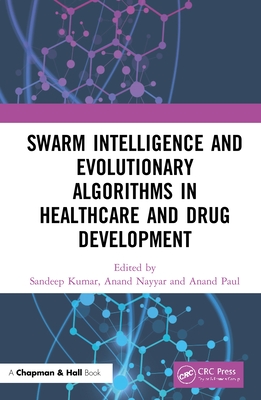Evolutionary Dynamics of Malignancy: The Genetic and Environmental Causes of Cancer
Jackson, Robert C.
- 出版商: Springer
- 出版日期: 2024-06-26
- 售價: $6,380
- 貴賓價: 9.5 折 $6,061
- 語言: 英文
- 頁數: 269
- 裝訂: Quality Paper - also called trade paper
- ISBN: 3031325753
- ISBN-13: 9783031325755
海外代購書籍(需單獨結帳)
相關主題
商品描述
Advances in cancer genomics are transforming our understanding of cancer, and have profound implications for its prevention, diagnosis, and treatment. Evolutionary dynamics suggests that as few as two mutations can cause transformation of normal cells into cancer stem cells. A process of Darwinian selection, involving a further three or more mutations, taking place over a period of years, can then result in progression to a life-threatening tumour. In many cases the immune response can recognise and eliminate the mutant cells, but most advanced tumours have mutations that activate immune checkpoints and enable the tumour to hide from the immune system. For the most hard-to-treat tumours, future progress will require molecular diagnostics to detect cancer-causing mutations in healthy subjects, and new drugs or vaccines that prevent the progression process.
Chapters of this book deal with the signalling pathways that control cell division, and changes in these pathways in cancer cells. Three cell cycle checkpoints that are often mutated in cancer are analysed in detail. A discussion of chronic myeloid leukaemia illustrates the role of reactive oxygen species in driving progression from a chronic to an acute condition. A single drug that suppresses reactive oxygen can prevent disease progression and turn an otherwise deadly disease into a condition that can be managed to enable many years of normal life. Another chapter discusses chronic myelomonocytic leukaemia, a disease that involves both genetic and epigenetic change. Tumour progression is discussed as a multi-stage process in which cancer stem cells evolve into genetically unstable, invasive, metastatic, drug-resistant growths. Each of these stages can act as targets for drugs or immunomodulators, but the future of cancer treatment lies in understanding tumour dynamics, and arresting malignancy at the earliest possible stage.
Evolutionary dynamics is a primarily mathematical technique, but the target readership will be tumour biologists, clinicians, and drug developers. Computational detail is provided in an online supplement, but the main text emphasises the implications of the dynamics for an understanding of tumour biology and does not require mathematical expertise.作者簡介
Robert C. Jackson provides consulting services in pharmacodynamics and biomathematics. After academic positions at Yale, London, and Indiana Universities he worked in the pharmaceutical and biotechnology industries. Post-retirement volunteer positions have included Chairman of the Discovery Committee and Vice-Chair of the Clinical and Translational Research Committee for the charity, Cancer Research UK. He is author of three previous books and author or co-author of over 150 research papers which have received over 5,000 citations. Recent publications include work on evolutionary biology and on the evolutionary dynamics of leukaemias.
作者簡介(中文翻譯)
羅伯特·C·傑克森提供藥效學和生物數學的諮詢服務。在耶魯大學、倫敦大學和印第安納大學擔任學術職位後,他進入製藥和生物技術產業工作。退休後,他擔任了英國癌症研究基金會的發現委員會主席和臨床與轉化研究委員會副主席等志願職位。他是三本先前書籍的作者,並且是超過150篇研究論文的作者或共同作者,這些論文共獲得超過5,000次引用。最近的出版物包括有關進化生物學和白血病進化動力學的研究。











